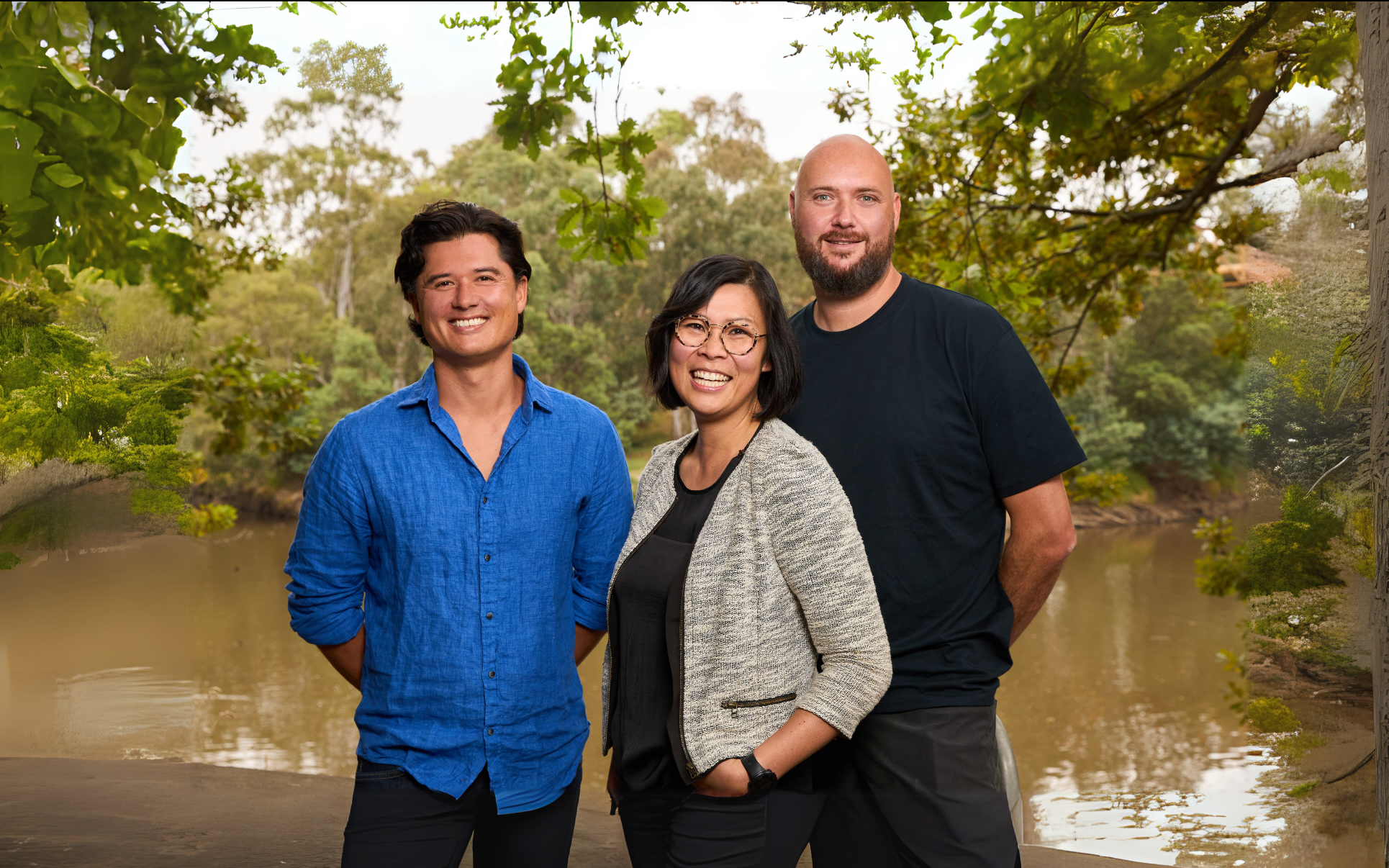Each week, Giant Leap receives an average of more than 40 pitches from Australian and international startups. That means we’ll see over 1,500 decks this year, each typically over 10 slides long, for a total of more than 15,000 slides.
We review each and every one of them.
At Giant Leap, we understand that running a startup is hard and pitching for investment is even harder. We respect the effort that founders put in, so we make sure we’re putting in the time to consider each pitch properly.
In the spirit of making the founder experience a little easier, we’ve updated our cheat sheet on how to pitch our fund.
We want to give founders the best chance of success, particularly those from underserved groups that face barriers to the networks, education (formal and informal), and advice that other founders more readily have access to. At the very least, this is a look at the inner workings of a startup investor - we hope you find some tasty insights that you can use to your advantage.
Who are we and what does impact investing mean?
Giant Leap was the first Venture Capital (VC) fund in Australia to be 100% focused on impact investments.
Impact investing means that we back game-changing, mission-driven founders solving the world’s most pressing problems - the ones re-imagining industries and using business as a force for good.
What is the right stage to speak to us?
In capital raising language, we invest in Pre-Seed (pre-revenue, but with a compelling value proposition) through to Series A stage businesses (with consistent, growing revenues).
However, it’s never too early to reach out to us.
Why?
- Business is built on long-term relationships. We knew many of our founders for years, watching their success over time, before we made an investment.
- We love to help early stage founders where we can. If there’s a fit, but you’re a little too early for us to invest right now, we can introduce you to angels or program providers in our network who may be better placed for earlier stage investments.
How to get to us?
Around half of the pitches we receive are from people we’ve met (i.e. “warm referrals”) and the other half are from people reaching out via our website.
We review every pitch that is sent to us, but there is an advantage to finding a warm referral. Business relationships are built on trust, and a warm referral from someone we already trust can be a powerful shortcut to establishing that foundation.
As examples, warm referrals can be from:
- founders in our portfolio
- angel investors
- VC funds
- accelerator programs
- others in our network (refer to LinkedIn)
However, we know it’s not always easy for founders to find a warm intro, and that there are many structural factors at play here. We are committed to giving every founder a fair shot, regardless of who they may know.
If you feel you cannot find someone to help you with a warm referral, here are some other ways to get to know us before sending a pitch deck:
- Subscribe to our Small Steps newsletter to get to know the content and ideas we are passionate about. Incorporating some of these into your pitch is a great shortcut to catching our eye.
- Say ‘hi’ to us at an event, many of which we also promote in Small Steps. Katarina in Melbourne and Hannah in Sydney attend a lot of ecosystem events - particularly ones hosted by our friends at Startup Vic, Climate Salad, Scale Investors, Startmate, SBE, LUNA, One Roof, and more.
- If you feel your business is a clear fit for the fund, we hold regular virtual office hours. These sessions allow us to get to know you and your business ahead of seeing a pitch deck - keep an eye out in Small Steps and on LinkedIn for dates and times.
What do we look for?
The impact screen
Every pitch deck we see passes through a screening process which starts with the question:
At a glance, is your business making a positive social or environmental impact?
We realise this question can be subjective and most founders start businesses with great intentions. We get excited about businesses that aren’t just avoiding harm or creating jobs, but are actively contributing to sustainability or social solutions.
We invest across three impact themes: sustainable living, health and wellbeing, and empowering people.
In addition to fitting within one of these themes, we will need an emphatic YES to the following three questions to pass the impact screen:
- Is the impact baked into the business model (i.e., is every dollar of revenue generated inherently linked to a measurable unit of positive environmental or social impact)?
- Does the founder show clear passion for and connection with the impact mission?
- Can the impact be measured (e.g., tonnes of carbon emissions or waste avoided, hospital days saved, number of users affected by positive health, wellbeing or social outcomes)?
To see how we think about impact and assess your own company, check out Giant Leap's impact calculator.

If you would like further guidance on the kinds of impact we care about, check out our 2023 Impact Startups Benchmark Report for a deep-dive into the sector.
The commercial screen
We will then ask ourselves, “do we believe there is…”
- A compelling solution to a painful problem for customers? (Note: proven traction acquiring customers and revenue is an excellent way to demonstrate this)
- A big enough market opportunity for the business to grow 10x its size?
- A team that has the right skills and resilience to succeed?
- A competitive advantage that can be sustained?
If you inspire belief on these points, there is an excellent chance the team will want to meet you.

How can I increase my chances of getting you interested?
Reading this post is a great start!
Here are a few more tips:
- Tailor your pitch so your impact proposition and traction (i.e., customers or revenue to date) are clearly stated. We look for these things first.
- Try to summarise the value proposition in 1 or 2 clear sentences that anyone could understand. We see your ability to do this as a clear indicator of a focused business.
- Provide sources or assumptions for your market size. We see lots of big — but dubious — estimates, so a clearly justified one will stand out.
- Avoid using jargon. Remember that we are not necessarily experts in your domain. If we don’t understand your business, we’re not going to be able to get excited about it.
- Don’t neglect the design of the deck! This is your business card, and you want to make a good impression from the get-go. This is especially true for companies where branding will be important.
For more depth on what will make your pitch deck tick all our boxes and stand out from the crowd, Mack’s Resources has kindly done the work for us - in particular, check out the page titled ‘DO’s and DON'Ts of Pitch Decks’.
What if you get a ‘no’?
If, after you send us your deck, we respond declining the opportunity with some feedback and nothing else, this is typically a firm decision to pass. This is nothing personal - it’s just that the opportunity doesn’t quite fit with our particular fund.
We realise we won’t always get this right - unfortunately, that’s the nature of trying to pick game-changers.
However, our response might include a request to keep us updated. This means we’re curious, but we want to see the business progress a bit further, perhaps with the help of a key angel investor who can provide domain expertise and guidance. If this is the case, feel free to add us to any quarterly investor updates that you send out.
Next steps?
If you read this cheat sheet and can’t help but think we should know about your business, submit your pitch via our online portal!
.png)
.JPG)



%20-%20Edited.jpg)


